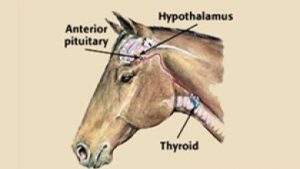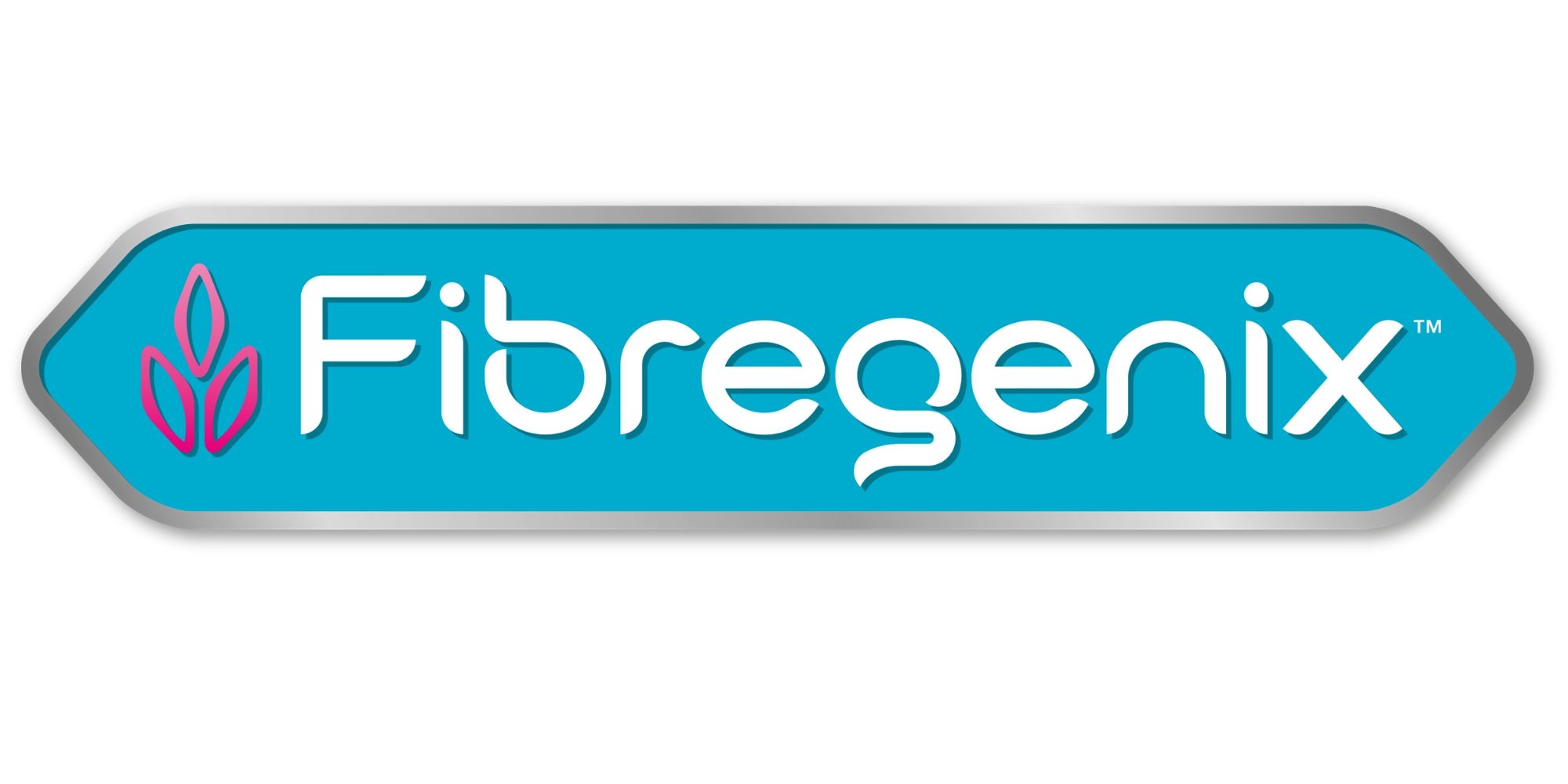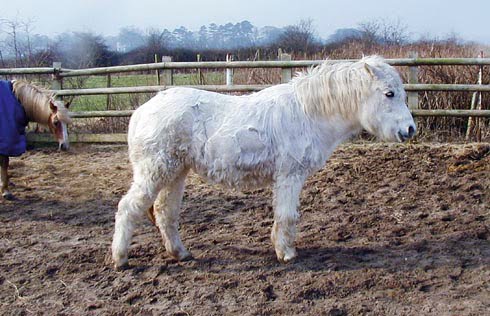Cushings Disease in horses
OVERVIEW

Cushings disease in horses or ponies(pituitary pars intermedia dysfunction) is a common disease associated with ageing. However, it’s been reported in equines as young as 7. In a healthy horse, hormones exist in balance and play an important role in maintaining and controlling bodily functions. The hypothalamus and pituitary gland which sit at the base of the brain, are the command centre to produce hormones such as ACTH and Cortisol. In Cushing’s disease, the nerves in the hypothalamus progressively degenerate and produce insufficient quantities of a nerve transmitter called dopamine. Dopamine controls the secretion of ACTH and cortisol by the pars intermedia which is in the pituitary gland. Cushing’s disease in a horse or pony has an imbalance of these hormones. which results in the symptoms of PPID.
SYMPTOMS
- The best known, and probably the easiest to spot, is a long or curly coat that fails to shed fully
- A pot-bellied appearance usually as a result of muscle loss over the topline
- Abnormal fat distribution (above eyes, crest and above tail head)
- Excessive sweating
- Increased water intake so often thirsty and, as a result, urinates more frequently
- Prone to laminitis or becomes at risk before the above symptoms present themselves
If your horse or pony has one or more of these symptoms, contact your vet for a diagnosis. They’ll conduct one or more tests to detect ACTH and/or cortisol levels in the blood. PPID can be controlled with medication. Most vets prescribe Pergolide, which stimulates dopamine receptors in the brain and replaces the activity of the damaged nerve supply to the pituitary gland. This results in a reduction of hormone production to normal levels. The dose range is wide and the improvement in clinical signs and ACTH levels is often used to determine the best dose rate for each horse. As the disease is degenerative, it’ll become progressively become worse over time, but many horses or ponies on medication can lead very normal lives.
DIET MANAGEMENT FOR CUSHINGS DISEASE IN HORSES
- Horses with Cushing’s disease can become either overweight or underweight. In the case of overweight Cushing’s horses resulting from insulin resistance, there’ll be regional fat deposits along the shoulders and tailhead, a cresty neck, etc.
- Reducing the circulating insulin levels is key to managing the diet and the condition.
- Research has shown that the macro-mineral magnesium can help reduce fat deposits, especially on the crest and base of the tail.
- The overriding factor when managing diets for Cushing’s disease in horses is the increased risk of laminitis due to the hormone imbalances. Moreso if the horse or pony has previously had laminitis.
- For those being managed with Pergolide, consider whether you want to promote weight gain/maintain condition, or encourage weight loss/avoid weight gain.
- Pergolide can affect appetite, especially at higher doses. Horses can go off their food or eat something for a while before going off it. TIP: Rather than constantly changing the overall diet, try adding extras to tempt them eg cinnamon, fenugreek, mint, or even grated apples or carrots. (Go easy on the apples and carrots due to sugar content) It might also be wise to give medication separately from the main feed.
PROMOTING WEIGHT GAIN/MAINTAINING CONDITION
Forage
- To help control sugar intake, forage (hay/haylage) should have an NSC content of below 10%. (NSC is the total of starch plus water-soluble carbohydrate). You need to get a hay analysis to have this confirmed. TIP: As a rule, later cut, coarser hay is generally lower in WSC. (water-soluble carbohydrate)
- Soaking hay for an hour or two before feeding helps to reduce the WSC content. Any longer and you run the risk of nutrients being lost and reducing palatability. Be careful soaking in warm weather to avoid fermentation or bacterial growth.
- Providing the above precautions are taken, forage can be fed ad-lib to provide fibre, calories and support gut health.
- Later cut forages tend to be less nutritious; soaked beet pulp can be fed as an additional source of highly digestible fibre and provides some quality protein and other nutrients.
- You need to carefully manage turnout, especially in springtime to control fructan (sugar) intake. Turning out very late at night when grass fructan levels are lowest, and bringing in by mid-morning, is safest. In winter, avoid turning out onto pastures during cold, bright conditions, eg frosty mornings, when the fructan levels increase.
Concentrates
- Whilst calories promote/maintain condition, avoid standard hard feeds. Although they provide calories, they’re usually based on cereals supplying starch, the intake of which MUST be kept to a minimum.
- Fibregenix Platinum Pro balancer will provide quality protein, vitamins, minerals and other nutrients without the high starch or calories. You can then add “Safe” calories alongside it such as beet pulp or oil.
PROMOTING WEIGHT LOSS
Avoid feeds that are high in sugar and starch. If your Cushing’s horse is overweight, avoid restricting his diet entirely. Remove concentrates, but never restrict hay as hunger will stress him and cause other potential issues such as colic or ulcers.
Forage
- Forage intake should be restricted to the equivalent of 1.5% of the horse’s body weight per day.
- Should contain less than 10% NSC and less than 10% WSC. Soaking can help reduce this.
- Weigh all forage before soaking. Use small-holed nets to make a small amount last longer and keep the horse chewing.
- In addition to the above guidelines regarding turnout, access to grass may need restricting by use of strip grazing, muzzling etc.
- Soaked beet pulp may be fed as a low-calorie alternative or additional fibre sources if overall fibre/calorie intake is controlled.
Concentrates
- Provide a balanced diet with Fibregenix Lami Low-Cal diet feed balancer supplement. This low-calorie balancer supplement has a total starch/sugar (NSC) feed value of just 8.8% and will supply those nutrients likely to be lacking in forage, but without unwanted calories. Lami Low-Cal also contains specific digestive aids to aid fibre digestibility, overall gut health and assist the insulin response.
- You can feed white chaff with the balancer supplement to encourage chewing, as can small amounts of soaked beet pulp.
As every horse or pony is an individual, if you have any queries about feeding your PPID equine you can contact us: Anita 0408 920707, email anita@fibregenix.com.au
Reviewed and amended Feb 2022

